A teenage girl stands alone in a high school corridor, clutching a backpack containing a tape recorder, when the bell rings. Seconds later the hallway is filled with students conversing as they stream toward their next class.
It is an adolescent beehive – but amid the crowd, the girl is just as alone as before.
The scene occurs in the final installment of “13 Reasons Why,” Netflix’s dramatization of Jay Asher’s novel about a high school junior who kills herself but leaves behind a shoebox of cassette recordings addressed to those whose cruelty, indifference or silence contributed to her decision to take her own life.
My wife and I binge-watched the series a couple of weekends ago. After the final episode, in which the character Hannah Baker slashes her wrists with a razor blade stolen from her parents’ drugstore, bleeds out in a bathtub and is found by her mother, I asked my wife: “Would you have wanted our daughters to watch this when they were in high school?”
“Yes,” she replied without hesitation.
“How about in middle school?”
This time there was a pause before she answered. “Yes,” she said, “but I would have wanted to watch it with them.”
I agreed. In fact, I would have wanted to watch the series with my kids when they were in high school, or at any time since, if they wanted me around. Life is full of painful experiences, and they are easier to handle when you don’t have to do it alone. Sometimes a small gesture can make a big difference – and this is the series’ dominant message.
All of the main characters in “13 Reasons Why” find themselves alone much more often than they should. This is true even, or perhaps especially, for the kids who are in the popular clique at school. The affluent parents of the football captain are never around to see that the only thing bigger than his mean streak is his drug-dealing business. The cheerleading captain’s father is often called away for military duties. The sheriff’s deputy talks at, but never to, his nonconformist son. And Hannah’s classmate, friend and co-worker (at a local cinema after school) can’t find words to talk to his concerned parents – a lawyer mother and an academic father – even as he is consumed by guilt and pain while listening to Hannah’s tapes.
About 44,000 Americans take their own lives each year, according to the American Foundation for Suicide Prevention, which also estimates that there are 25 attempts for each of those fatalities. While teen suicide may be the most painful of these deaths for many of us to process, suicide is most common in middle age. Men are more than three times as likely as women to kill themselves as women, and gunshots are the most common method. But for every direct victim of suicide, there are many others left behind whose lives are damaged forever, which is one of the main plot points in “13 Reasons Why.”
This fact had been on my mind all spring, long before I watched the Netflix series. Shortly before the series was released (and, I believe, just by coincidence), three talented young musicians I know from Utah posted a beautifully made music video covering Lady Gaga’s “Million Reasons” as part of a project to promote suicide prevention under the hashtag #ichoosetostay.
The project was spearheaded by Nadia Khristean, who describes herself on LinkedIn as an “entrepreneur, social media influencer, vocalist and public speaker for causes.” Boiled down, this means she is more interested in using her skills and influence to make change than to make money. She is joined in the video by Monica Moore Smith, a singer-actress with many film and video credits, and Yahosh (he performs under one name), a recording artist whose vocals shine in every genre, from Disney to hip-hop. The project was sponsored by Stay Wear, a local apparel company, which donated 10 percent of the sales of “Stay” t-shirts to suicide prevention programs. (I bought two and, honestly, they are the most comfortable tees I have ever put on. In case this catches the attention of the Federal Trade Commission, I have received no compensation for this endorsement.)
Nadia was approached after speaking at a school assembly by a 15-year-old student whose father committed suicide when she was 12. “Sarah” (a pseudonym), who studies ballet, asked Nadia to help her make a video about her father’s death. As the three singers perform Lady Gaga’s music, the video shows the dance that Sarah created to depict the pain she shared with her father and the loss she suffered after he was gone. In a separate video, Sarah tells her own story.
“Suicide,” Sarah says, “is just a permanent problem to a temporary solution.”
The producers of “13 Reasons Why,” including executive producer Selena Gomez, have been criticized for supposedly glamorizing teen suicide and potentially encouraging copycat tragedies. The project was initially conceived as a theatrical film in which Gomez would star; she does not appear onscreen in the Netflix series except in an explanatory behind-the-scenes video titled “Beyond The Reasons.” Among the most prominent critics has been the National Association of School Psychologists, which cautioned that “vulnerable youth, especially those who have any degree of suicidal ideation,” should not watch the series, one of whose characters is a school counselor who is sympathetic but ineffective. “While many youth are resilient and capable of distinguishing between a TV drama and real life, engaging in thoughtful discussions with them about the show is vital,” the group added.
Fair enough. I can’t think of any situation in which I would advise against thoughtful dialogue with a young person who wants to engage in one. But when I picture myself watching a program like “13 Reasons Why” with my daughters when they were in school, I don’t necessarily see such a dialogue as the main objective. The goal is just to be there for them. I’ll talk if they want me to talk, or listen if they have something they want to say to me, but most of all I think it is important just to share the experience so they know they are never alone. Not even in the most crowded places.





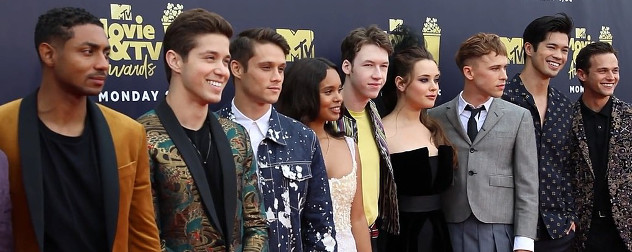
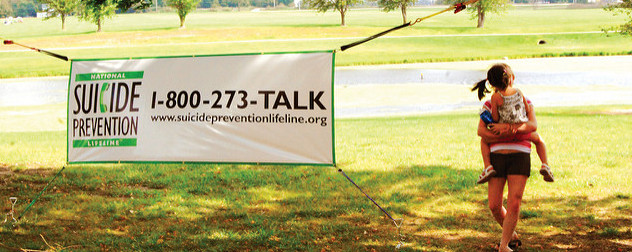
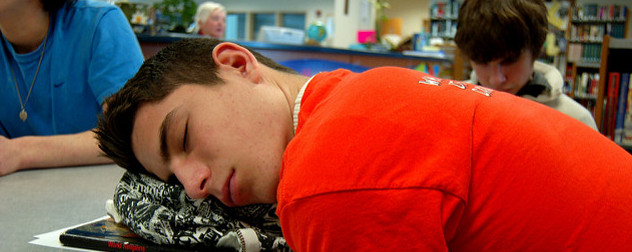
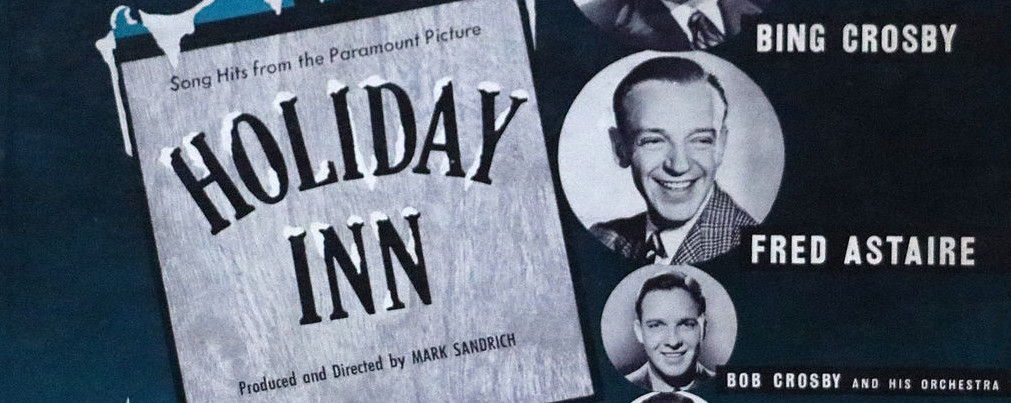
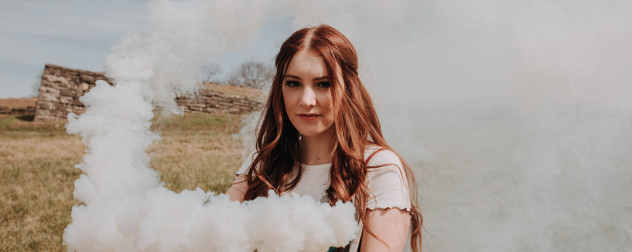
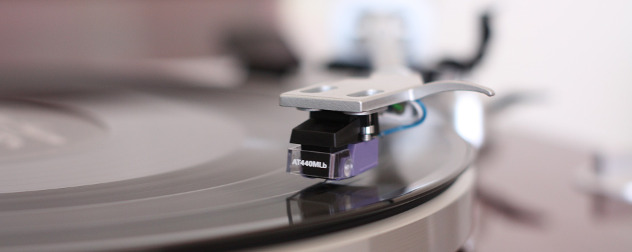



May 21, 2017 - 8:26 pm
Of all the different posts, articles and comments about this show, this is one of the best I have read. Thank you for exploring the variety of concerns and pointing out how a show, as controversial as this one, can also provide positive discussions opportunities. As a clinical psychologist, I tend to see the immediate impact shows like this have on the already “vulnerable youth” and it does, in some cases, have a negative impact, however, it is great to see people working harder to talk about these difficult topics and shine a light on discussions we need to be having about mental health. Thank you for this post!